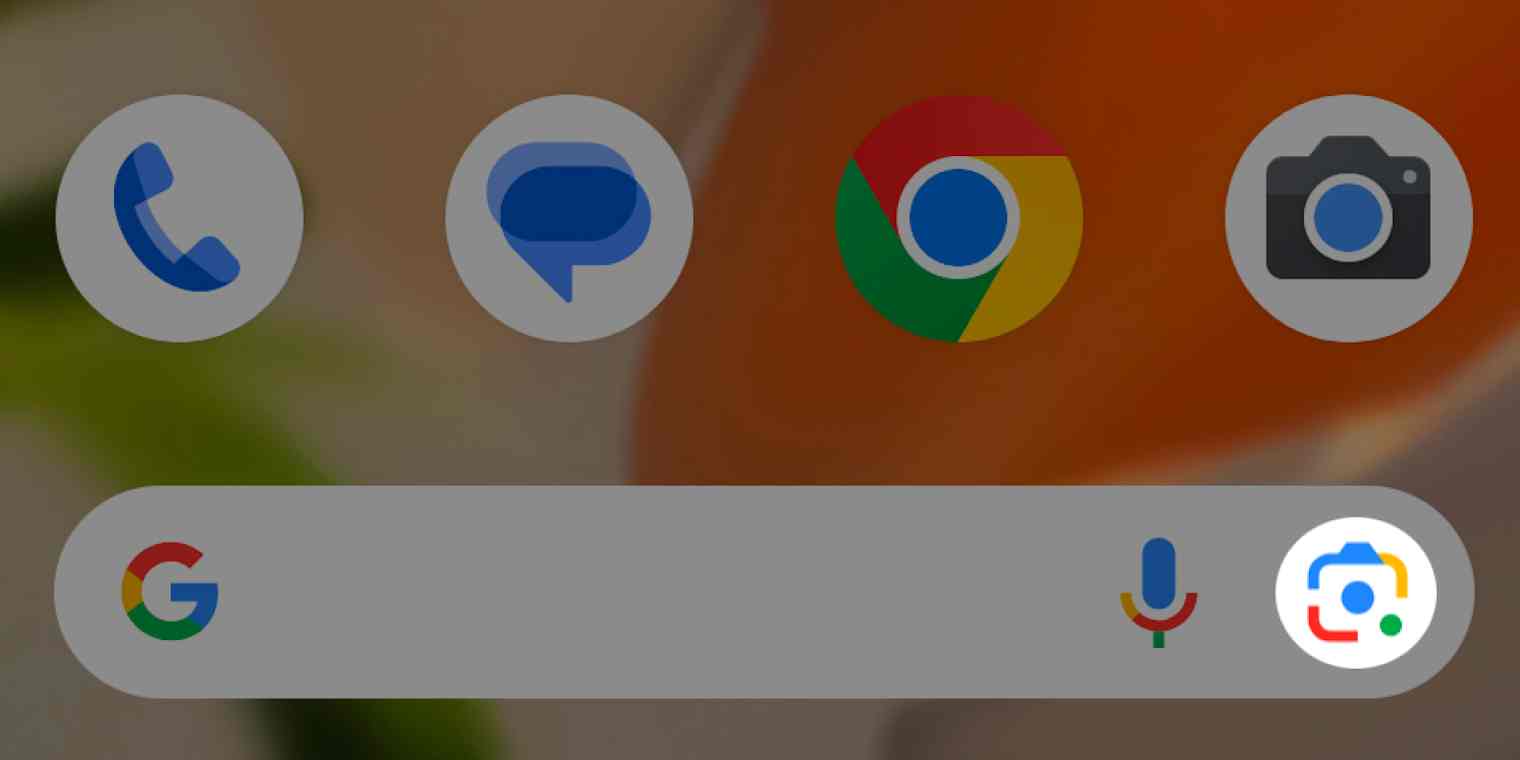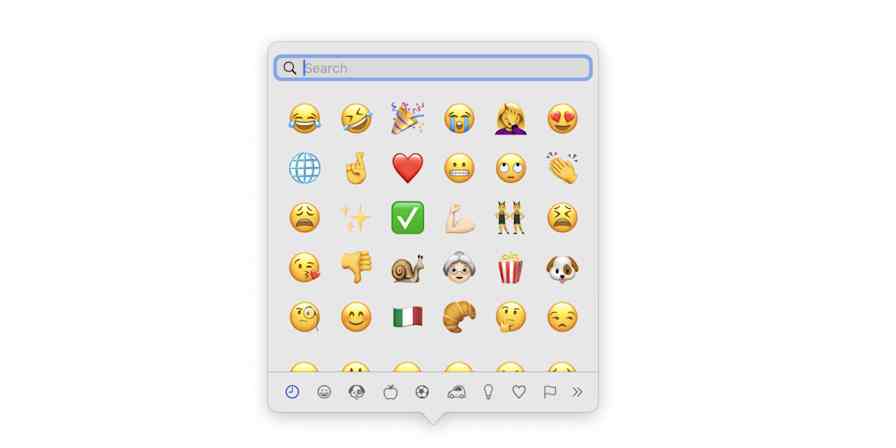App tips
3 min readHow to tap into Google's incredible new image-voice search system
By JR Raphael · November 20, 2024

Get productivity tips delivered straight to your inbox
We’ll email you 1-3 times per week—and never share your information.
tags
Related articles
Improve your productivity automatically. Use Zapier to get your apps working together.







